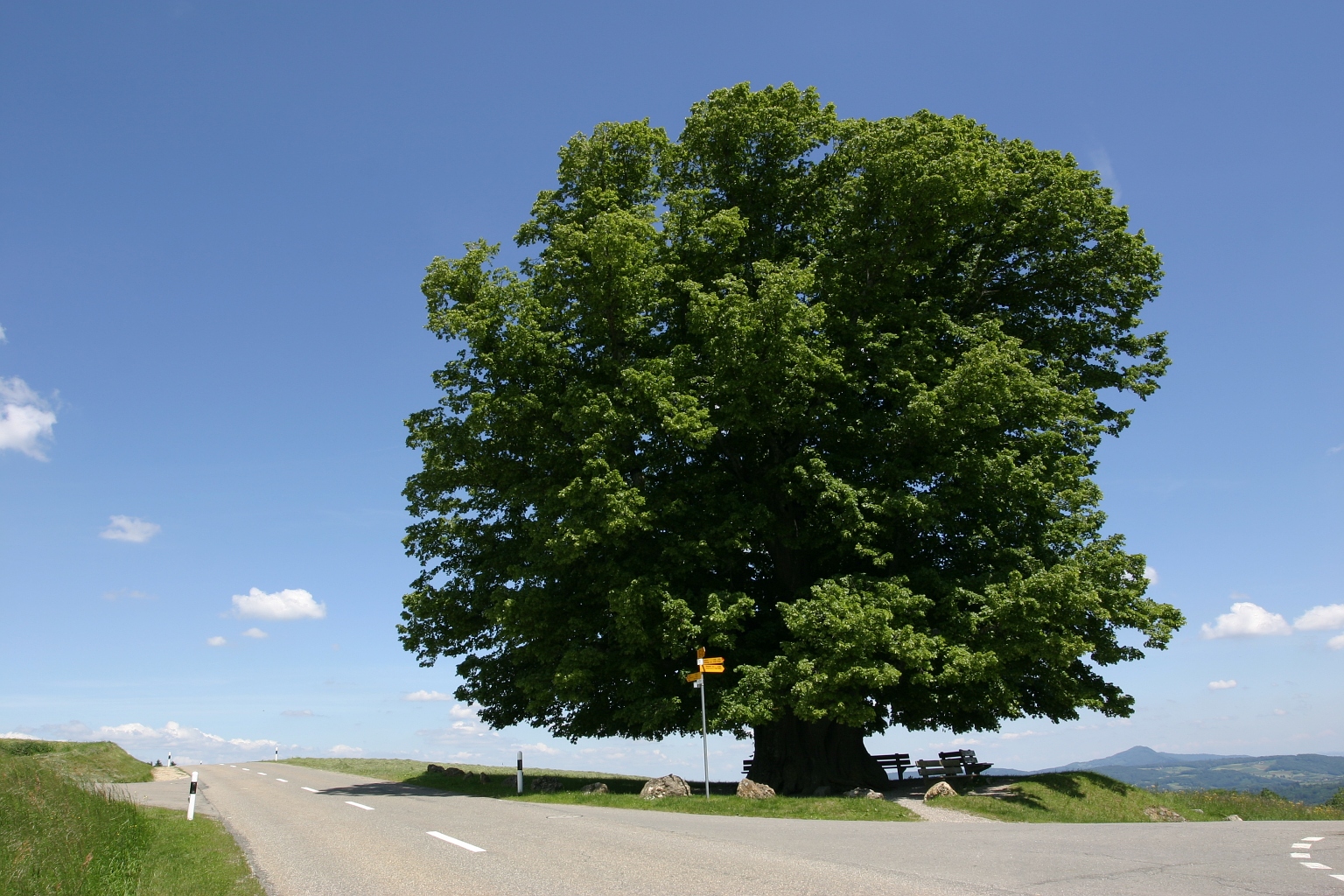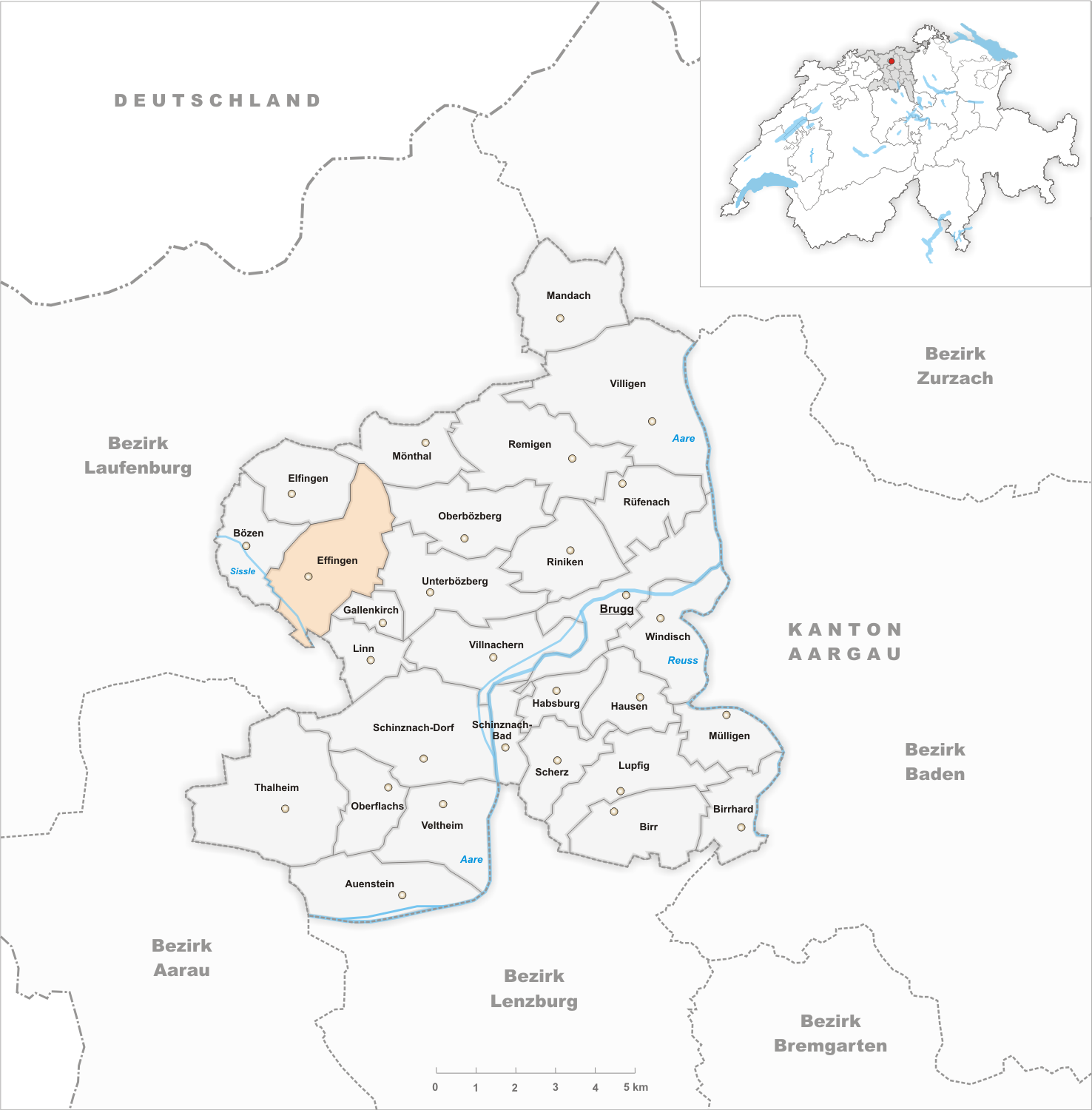|
Gallenkirch
Gallenkirch is a former municipalities of Switzerland, municipality in the district of Brugg (district), Brugg in Cantons of Switzerland, canton of Aargau in Switzerland. On 1 January 2013 the former municipalities of Gallenkirch, Linn, Aargau, Linn, Oberbözberg and Unterbözberg merged to form the new municipality of Bözberg.Amtliches Gemeindeverzeichnis der Schweiz published by the Swiss Federal Statistical Office accessed 2 January 2013 History Gallenkirch is first mentioned in 1338 as ''Gallenkilch''. During the Middle Ages, Gallenkirch was part of the district of Hornussen, Aargau, Hornussen under the city of Bad Säckingen. Religiously, until the Reformation the residents were also part of the parish of Hornussen. The local cha ...[...More Info...] [...Related Items...] OR: [Wikipedia] [Google] [Baidu] |
Bözberg
Bözberg is a municipalities of Switzerland, municipality in the district of Brugg (district), Brugg in Cantons of Switzerland, canton of Aargau in Switzerland. It ceased to exist in 1873, when it was split into the two new municipalities Oberbözberg and Unterbözberg. On 1 January 2013 the former municipalities of Gallenkirch, Linn, Aargau, Linn, Oberbözberg and Unterbözberg merged to form the new municipality of Bözberg.Amtliches Gemeindeverzeichnis der Schweiz published by the Swiss Federal Statistical Office accessed 2 January 2013 History Gallenkirch Gallenkirch is first mentioned in 1338 as ''Gallenkilch''. During the Middle Ages, Gallenkirch was part of the district of Hornussen, Aargau, Hornussen under the c ...[...More Info...] [...Related Items...] OR: [Wikipedia] [Google] [Baidu] |
Linn, Aargau
Linn is a former municipality in the district of Brugg in canton of Aargau in Switzerland. On 1 January 2013 the former municipalities of Gallenkirch, Linn, Oberbözberg and Unterbözberg merged to form the new municipality of Bözberg.Amtliches Gemeindeverzeichnis der Schweiz published by the Swiss Federal Statistical Office accessed 2 January 2013 History Linn is first mentioned around 1303-08 as ''ze Linne''. In 1307 it was mentioned as ''ze Lind''. The name is probably connected with the 500- to 800-year-old, legendary Linden tree which is east of Linn. In the |
Unterbözberg
Unterbözberg is a former municipality in the district of Brugg in the canton of Aargau in Switzerland. On 1 January 2013 the former municipalities of Gallenkirch, Linn, Oberbözberg and Unterbözberg merged to form the new municipality of Bözberg.Amtliches Gemeindeverzeichnis der Schweiz published by the Swiss Federal Statistical Office accessed 2 January 2013 History Unterbözberg is first mentioned in 1189 as ''Bozeberch''. Until 1873, the municipality was part of Bözberg, which split into and Unterbözberg.Geography [...More Info...] [...Related Items...] OR: [Wikipedia] [Google] [Baidu] |
Linn AG
Linn is a former municipality in the district of Brugg in canton of Aargau in Switzerland. On 1 January 2013 the former municipalities of Gallenkirch, Linn, Oberbözberg and Unterbözberg merged to form the new municipality of Bözberg.Amtliches Gemeindeverzeichnis der Schweiz published by the Swiss Federal Statistical Office accessed 2 January 2013 History Linn is first mentioned around 1303-08 as ''ze Linne''. In 1307 it was mentioned as ''ze Lind''. The name is probably connected with the 500- to 800-year-old, legendary Linden tree which is east of Linn. In the |
Oberbözberg
Oberbözberg is a former municipality in the district of Brugg in canton of Aargau in Switzerland. On 1 January 2013 the former municipalities of Gallenkirch, Linn, Oberbözberg and Unterbözberg merged to form the new municipality of Bözberg.Amtliches Gemeindeverzeichnis der Schweiz published by the Swiss Federal Statistical Office accessed 2 January 2013 History Oberbözberg is first mentioned in 1189 as ''Bozeberch''. Until 1873, the municipality was part of Bözberg, which split into Oberbözberg and Unterbözberg.Geography Oberbözberg had an area, , of . Of this area, or 50.5% is use ...[...More Info...] [...Related Items...] OR: [Wikipedia] [Google] [Baidu] |
Effingen
Effingen is a former municipality in the district of Brugg in canton of Aargau in Switzerland. On 1 January 2022 the former municipalities of Bözen, Effingen, Elfingen and Hornussen merged into the new municipality of Böztal. History Effingen is first mentioned in 1284 as ''Efingen'' though the area was settled earlier. The earliest evidence of a settlement is a High Middle Ages chapel with associated Alamanni graves. Effingen belonged to the court of Elfingen until 1460 when it was purchased by Bern. Under Bern it belonged to the court of Bözen of the Schenkenberg Bailiwick. By 1550 the village administrative rights were limited and in 1614 village officials were first mentioned. Effingen's chapel belonged to the parish of Elfingen and after 1600 to the parish of Bözen. By no later than 1684 there was a village school. Until the 19th century agriculture prevailed with wine being the most important product. In the 18th century home processing of cotton brough ... [...More Info...] [...Related Items...] OR: [Wikipedia] [Google] [Baidu] |
Brugg (district)
Brugg District is a district in the Canton of Aargau, Switzerland. The capital of the district is the town of Brugg, Switzerland, Brugg. Geography Brugg District has an area, , of . Of this area, 42.6% is used for agricultural purposes, while 41.3% is forested. The rest of the land, (14.1%) is settled. It is located around the rivers Aare and Reuss (river), Reuss. The northern part of the district, north of the Aare, lies in the Aargau part of the Jura mountains. Demographics Brugg District has a population () of 46,471.Statistical Department of Canton Aargau -Bereich 01 -Bevölkerung accessed 20 January 2010 , there were 1,635 homes with 1 or 2 persons in the household, 8,736 homes with 3 or 4 persons in the household, and 6,792 homes with 5 or more persons in the household. The average number of pe ... [...More Info...] [...Related Items...] OR: [Wikipedia] [Google] [Baidu] |
Education In Switzerland
The education system in Switzerland is very diverse, because the constitution of Switzerland delegates the authority for the school system mainly to the cantons. The Swiss constitution sets the foundations, namely that primary school is obligatory for every child and is free in state schools and that the confederation can run or support universities. The minimum age for primary school is about six years in all cantons but Obwalden, where it is five years and three months. After primary schools, the pupils split up according to their abilities and intentions of career paths. Roughly 25% of all students attend lower and upper secondary schools leading, normally after 12 school years in total to the federal recognized matura or an academic Baccalaureate which grants access to all universities. The other students split in two or more school-types, depending on the canton, differing in the balance between theoretical and practical education. It is obligatory for all children to a ... [...More Info...] [...Related Items...] OR: [Wikipedia] [Google] [Baidu] |
Fachhochschule
A ''Fachhochschule'' (; plural ''Fachhochschulen''), abbreviated FH, is a university of applied sciences (UAS), in other words a German tertiary education institution that provides professional education in many applied sciences and applied arts, such as engineering, technology, business, architecture, design, and industrial design. ''Fachhochschulen'' were first founded in Germany and were later adopted in Austria, Liechtenstein, Switzerland, Cyprus, and Greece. An increasing number of ''Fachhochschulen'' are abbreviated as ''Hochschule'', the generic term in Germany for institutions awarding academic degrees in higher education, or expanded as ''Hochschule für angewandte Wissenschaften (HAW)'', the German translation of "universities of applied sciences", which are primarily designed with a focus on teaching professional skills. Swiss law calls ''Fachhochschulen'' and universities "separate but equal". Due to the Bologna process, universities and ''Fachhochschulen'' award ... [...More Info...] [...Related Items...] OR: [Wikipedia] [Google] [Baidu] |
Primary Sector Of The Economy
The primary sector of the economy includes any industry involved in the extraction and production of raw materials, such as farming, logging, fishing, forestry and mining. The primary sector tends to make up a larger portion of the economy in developing countries than it does in developed countries. For example, in 2018, agriculture, forestry, and fishing comprised more than 15% of GDP in sub-Saharan Africa but less than 1% of GDP in North America North America is a continent in the Northern Hemisphere and almost entirely within the Western Hemisphere. It is bordered to the north by the Arctic Ocean, to the east by the Atlantic Ocean, to the southeast by South America and th .... In developed countries the primary sector has become more technologically advanced, enabling for example the mechanization of farming, as compared with lower-tech methods in poorer countries. More developed economies may invest additional capital in primary means of production: for ... [...More Info...] [...Related Items...] OR: [Wikipedia] [Google] [Baidu] |
Green Party Of Switzerland
The Green Party of Switzerland (german: GRÜNE Schweiz; french: Les VERT-E-S suisses; it, VERDI svizzeri; rm, VERDA svizra) is the fourth-largest party in the National Council of Switzerland and the largest party that is not represented on the Federal Council. History The first Green party in Switzerland was founded as a local party in 1971 in the town of Neuchâtel. In 1979, Daniel Brélaz was elected to the National Council as the first Green MP on the national level (in Switzerland and in the world). Local and regional Green parties and organisations were founded in many different towns and cantons in the following years. In 1983, two different national green party federations were created: in May, diverse local green groups came together in Fribourg to form the ''Federation of Green Parties of Switzerland'', and in June, some left-alternative groups formed the ''Green Alternative Party of Switzerland'' in Bern. In 1990, an attempt to combine these organisations fai ... [...More Info...] [...Related Items...] OR: [Wikipedia] [Google] [Baidu] |
Social Democratic Party Of Switzerland
The Social Democratic Party of Switzerland (german: Sozialdemokratische Partei der Schweiz; SP; rm, Partida Socialdemocrata da la Svizra) or Swiss Socialist Party (french: Parti socialiste suisse, it, Partito Socialista Svizzero; PS), is a political party in Switzerland. The SP has had two representatives on the Federal Council since 1960 and received the second highest total number of votes in the 2019 Swiss federal election. The SP was founded on 21 October 1888 and is currently the second largest of the four leading coalition political parties in Switzerland. It is the only left-leaning party with representatives on the Federal Council, currently Alain Berset and Simonetta Sommaruga. As of September 2019, the SP is the second largest political party in the Federal Assembly. Unlike most other Swiss parties, the SP is the largest pro-European party in Switzerland and supports Swiss membership of the European Union. Additionally, it is strongly opposed to capitalism and m ... [...More Info...] [...Related Items...] OR: [Wikipedia] [Google] [Baidu] |




